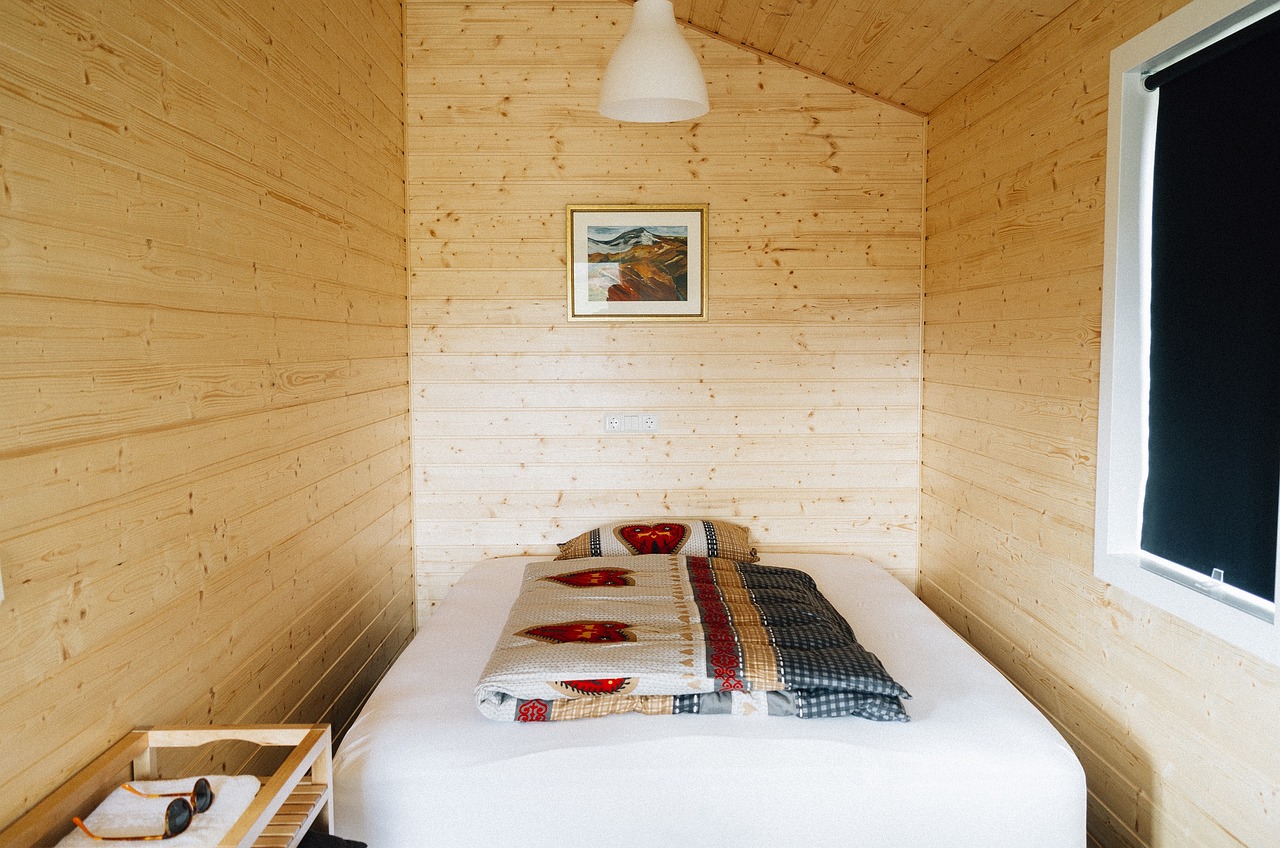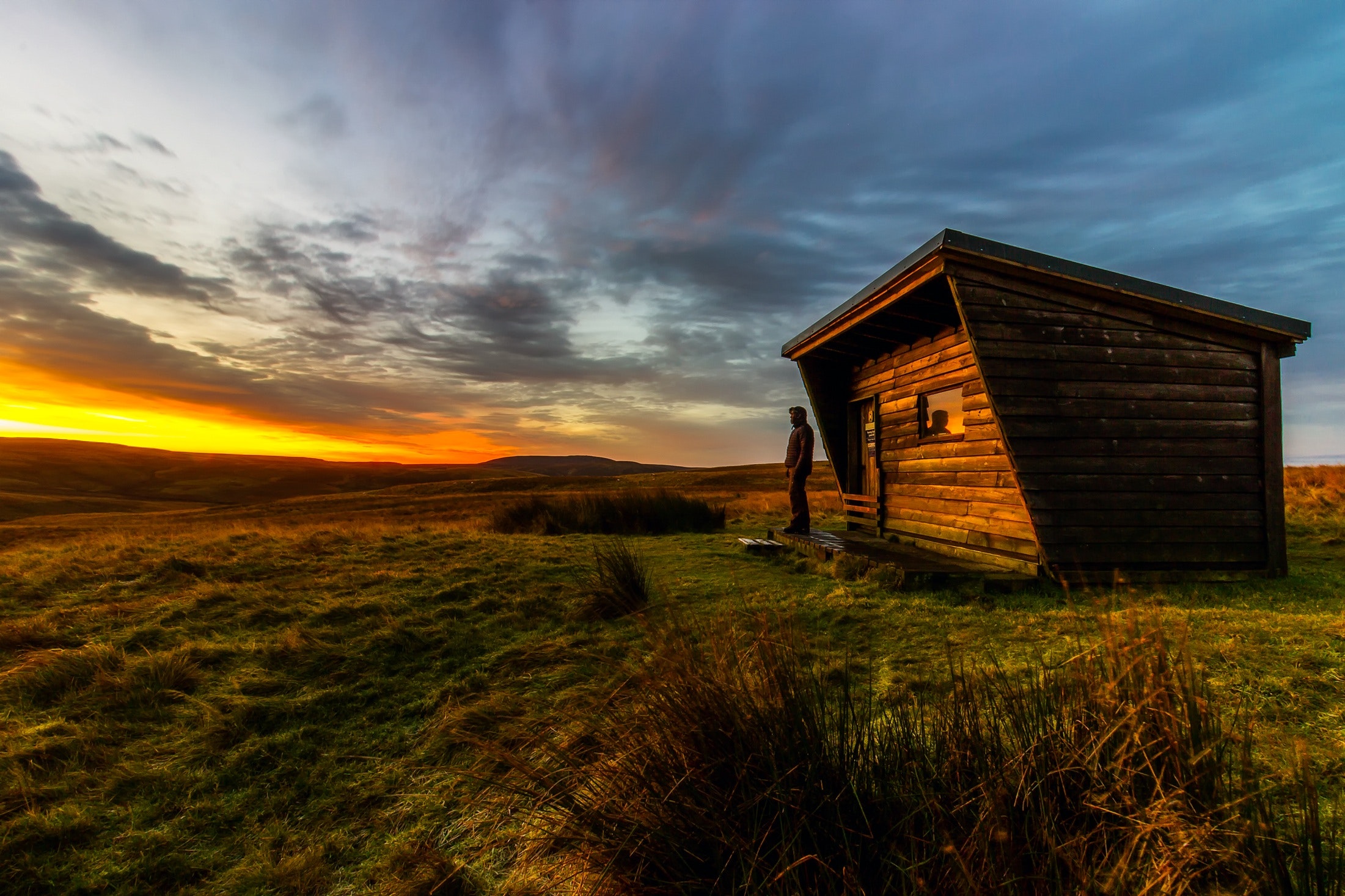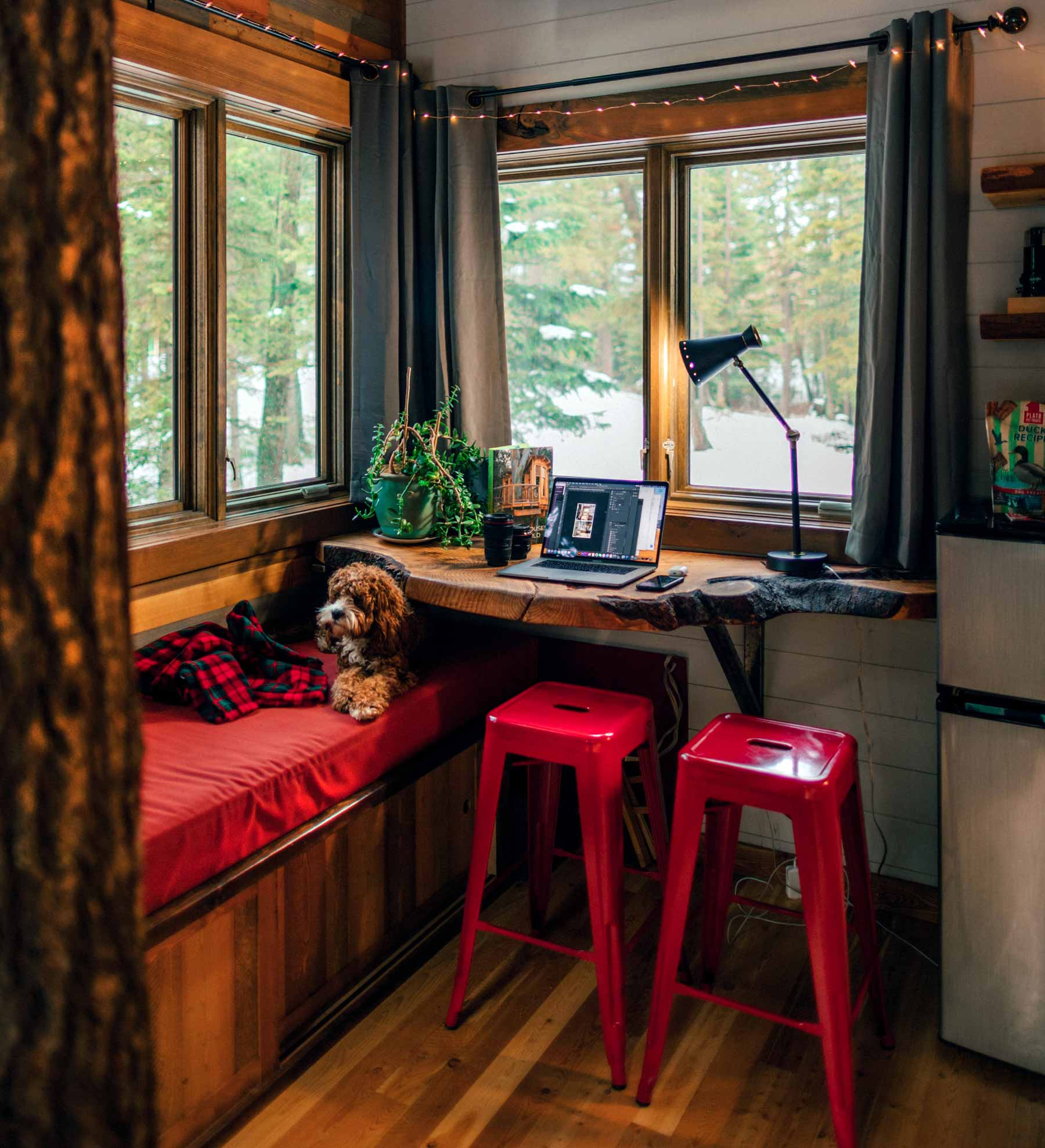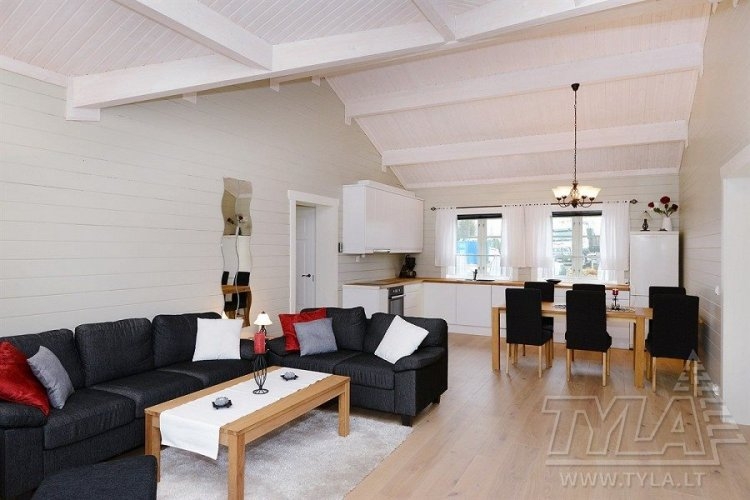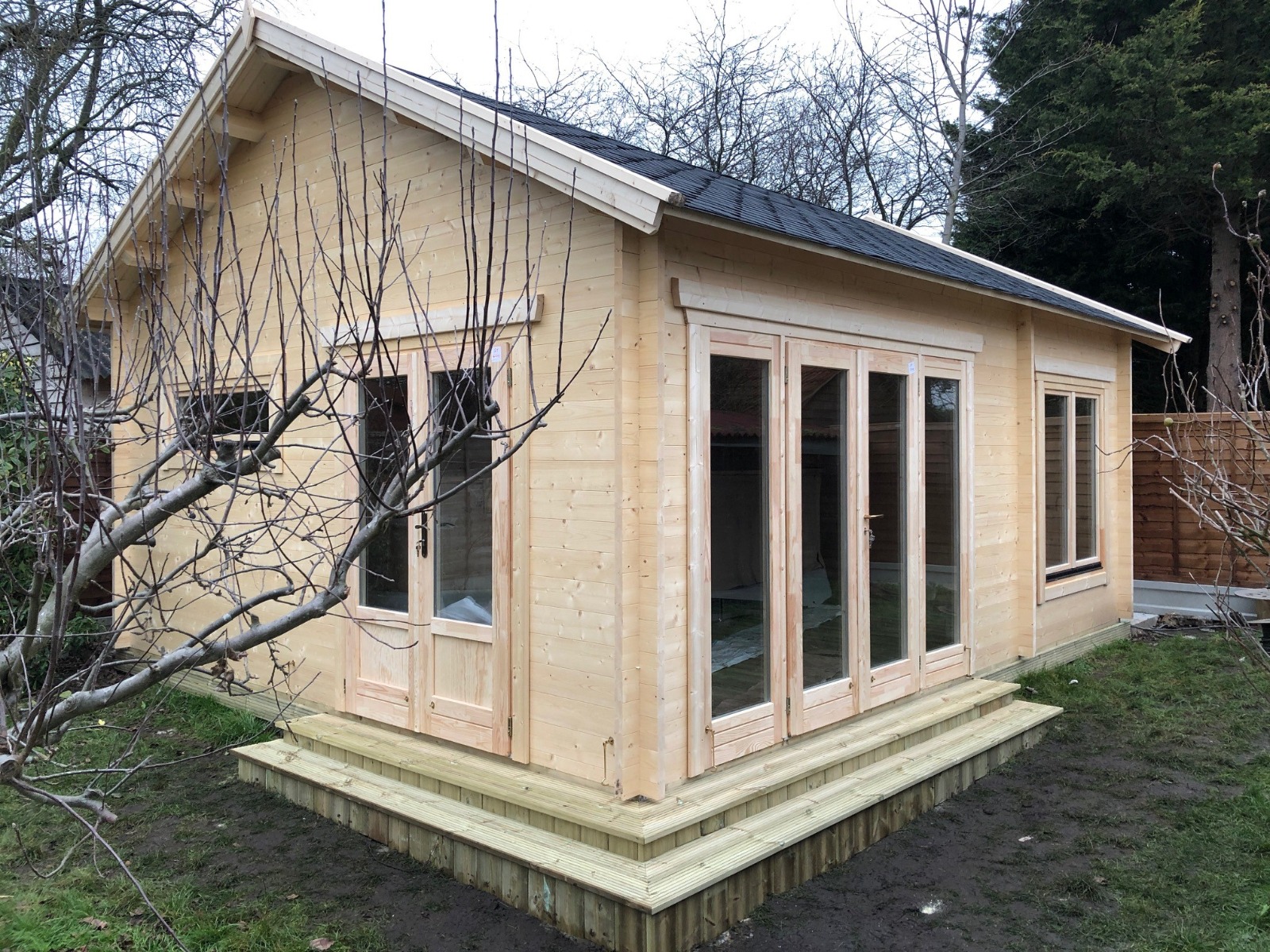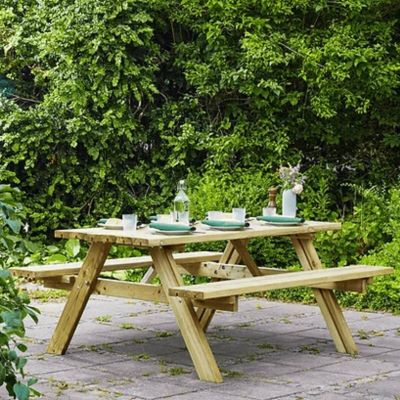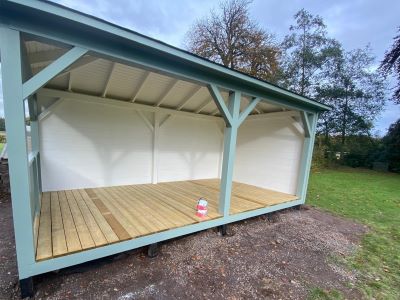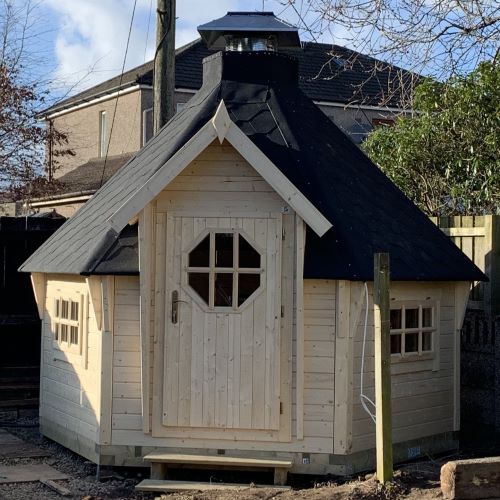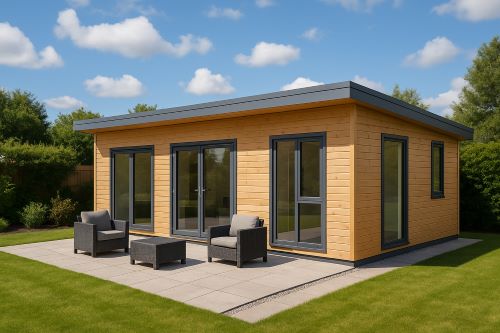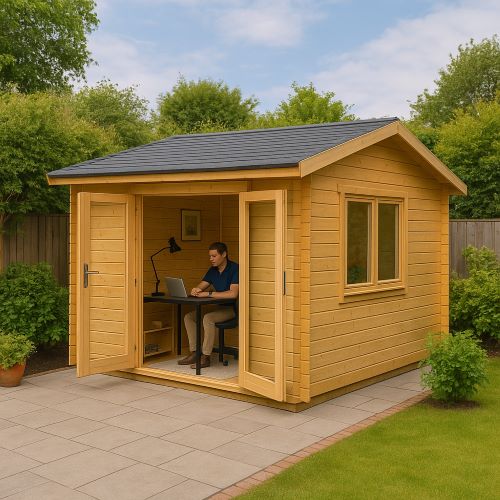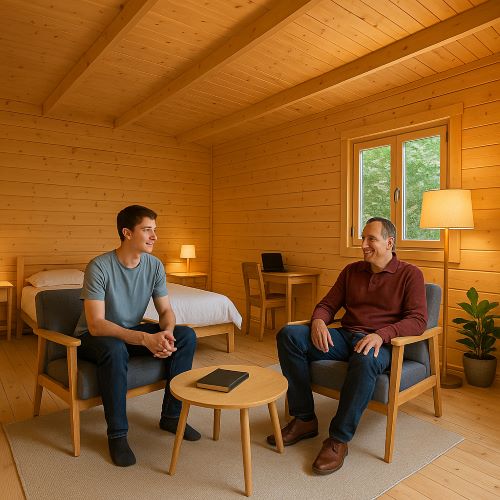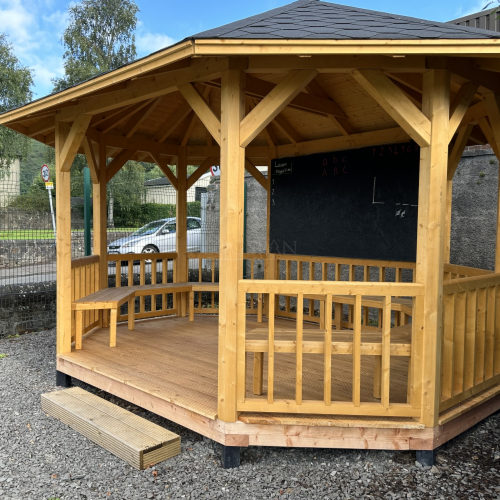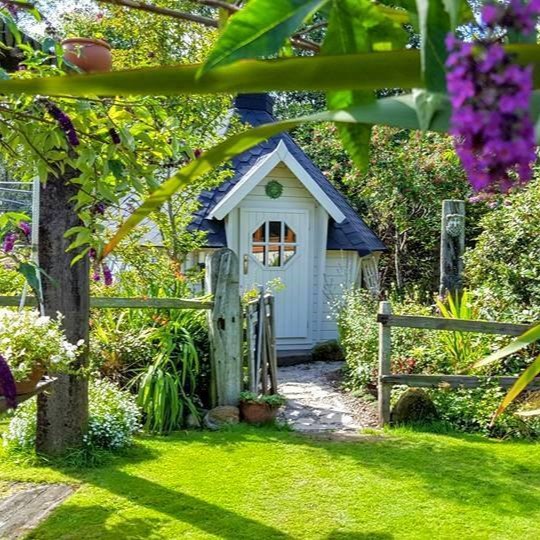With a few manual checks and a spot of routine maintenance, your log cabin can stand the test of time.
Regular cleaning, roof and gutter inspections and the re-application of the proper treatments can ensure a long-lasting investment. Pick up some hints from our guide below to see how to maintain a log cabin and get the best out of yours for years to come.
How to clean a log cabin
Regular cleaning such as scrubbing floors and washing internal walls will do wonders to maintain your cabin and keep it fresh. Clean the glass on any windows, inside and out, to remove mould build-up, bird mess or any other stains.
Cleaning out gutters
Clean, unobstructed gutters are absolutely essential for drainage. Make sure to regularly remove any debris such as leaves, bark or other build-up to ensure water continues to be directed away from your cabin to avoid potential flood damage.
Use UV protection
Prolonged exposure to the elements can do damage to the integrity of your log cabin. Oil based treatments will not only protect against ultraviolet rays but repel water and deter potentially damaging fungus by soaking into the wood.
Oil based treatments can last for four or five years before the need to treat it again, so can be an inexpensive way to preserve the integrity of the wood.
Check the windows
Any cracks or holes you find should be repaired quickly to stop the elements from getting inside and causing damage. Check for condensation between the panes, as this can mean that the insulating gas has escaped, as the seal has failed. This would mean that your windows are no longer as energy-efficient as they once were.
Opening steamy windows, especially on dry days, can also help prevent condensation and related damage.
Seal the gaps
Sealing any gaps between planks stops dirt, insects and other wildlife from getting inside your cabin which can, in turn, cause irreversible damage. Identifying any related mould or rot is essential, and immediate action is necessary if any is spotted.
A mixture of water and bleach dabbed onto the area with a cloth may be used to deal with this issue. Make sure to remove any dead or rotting wood from the vicinity of the cabin to help deter pests.
Keep an eye on the roof
Any potential problems you have noticed with the roof should be addressed as soon as they are identified.
Heavy snow or lots of built-up greenery, including moss or wood-fall, should be removed from the roof as well, as well as any build of dirt and leaves in the gutters. Animals like squirrels and woodpeckers can also damage your roof.
Look regularly for possible rain or other structural damage, and get any leaks repaired as soon as possible to avoid further damage and costs.
Conduct a 12-month check up
With a regular, 12-month check up, you can identify the signs of potential, costly problems as they arise.
Identifying mould and rot as early as possible can prevent irreversible damage. As mentioned previously, this issue can be dealt with by dabbing a mixture of water and bleach onto any affected areas. You should also make sure to keep on top of smaller jobs like garden upkeep and re-staining wood.
When replanting flowers and shrubs, keep them as far from the wood as you can. Plants retain moisture, which can be bad for the integrity of your cabin if they are planted too close to the walls and cause wood damage. Bird feeders should be set up away from the walls.
Check the deck
Scrub off any mould or mildew from the deck, then brush any debris off with water and a broom. This will help prevent rotting and costly repairs in future.
Take care of repairs
Any issues identified during your regular inspections should be taken care of as soon as possible, so that they don’t get worse and end up costing you even more in repairs. Contact a professional for assistance if you’re not comfortable taking on any of these repairs yourself.
Make sure your cabin in secure
Keeping your cabin secure is a must. Good quality, properly fitted window and door locks are an essential investment and should be kept well-maintained.
Ensure your cabin can only be accessed by the right people. Try not to leave tools lying around, and invest in a security light at night to help keep your cabin (and its contents) safe.
Our team at Logspan can advise you on how to protect your log cabins, so give us a call today to discuss further.
